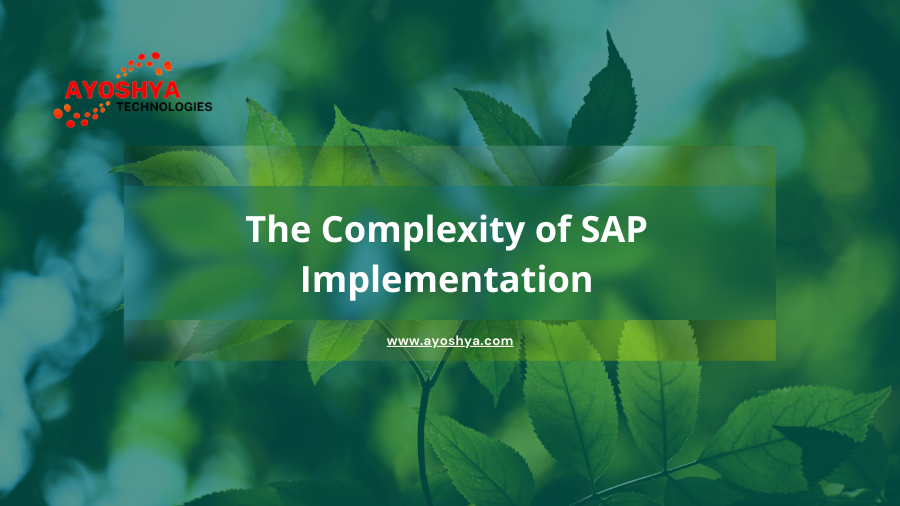In the fast-paced world of business, staying competitive and efficient is key to success. This is where SAP (Systems, Applications, and Products in Data Processing) comes into play. SAP is an enterprise resource planning (ERP) software that assists businesses in managing various functions such as finance, human resources, supply chain, and more. Challenges in SAP Implementation, while SAP implementation promises numerous benefits, it also comes with its fair share of challenges. In this article, we will delve into the complexities and obstacles faced during SAP implementation.
Understanding SAP Implementation
Before we delve into the intricacies of Challenges in SAP Implementation, let’s have a clear understanding of what SAP implementation entails. It involves the integration of SAP software into an organization’s existing systems, processes, and workflows. The primary goal is to enhance efficiency, streamline operations, and provide real-time data insights. However, achieving these objectives is not always a walk in the park.
1. Complexity of Integration
Integrating SAP with existing systems can be a daunting task. Many organizations already have their own legacy systems and data structures in place. Migrating and aligning these systems with SAP can be complex and time-consuming.
2. High Costs
SAP implementation is a substantial financial investment. Licensing, consulting, training, and infrastructure costs can add up quickly. Smaller companies may find it challenging to allocate the necessary resources for a successful SAP implementation.
3. Resistance to Change
Change management is a crucial aspect of SAP implementation. Employees may resist adapting to new processes and software, leading to delays and inefficiencies in the transition phase.
4. Customization Challenges
While SAP offers a wide range of functionalities, not all of them may align perfectly with an organization’s unique requirements. Customizing SAP to meet specific needs can be complex and may require skilled professionals.
5. Data Migration
Data is the lifeblood of any organization, and migrating it to a new system is risky. Data loss, inconsistency, or corruption can occur during the migration process, impacting day-to-day operations.
6. Performance Issues
In some cases, SAP implementations can lead to performance issues. Slow system response times and bottlenecks can frustrate users and hinder productivity.
7. Lack of Skilled Personnel
Implementing and maintaining SAP requires a skilled workforce. Finding and retaining professionals with SAP expertise can be a challenge, especially in regions with high demand for such talent.
8. Extended Timeline
SAP implementation is not a quick fix. It often takes months, or even years, to complete the entire process. Delays in implementation can affect strategic planning and business goals.
9. User Training
Effective training is essential to ensure that employees can make the most of SAP’s features. Insufficient training can lead to underutilization of the software’s capabilities.
10. Compliance and Security
Maintaining compliance and data security standards is crucial. Failure to do so can result in legal and financial repercussions.
Conclusion
In conclusion, SAP implementation is a significant undertaking with numerous challenges. However, with careful planning, expert guidance, and a commitment to change management, organizations can successfully overcome these obstacles. The rewards of streamlined processes, real-time insights, and enhanced efficiency make SAP implementation a worthwhile endeavor.
FAQs
1. What is SAP implementation?
SAP implementation involves integrating SAP software into an organization’s existing systems to streamline operations and enhance efficiency.
2. How long does SAP implementation typically take?
The timeline for SAP implementation can vary widely but often takes several months to complete.
3. What are the key benefits of SAP implementation?
The key benefits include improved efficiency, real-time data insights, and streamlined business processes.
4. How can organizations address resistance to change during SAP implementation?
Effective change management strategies, communication, and training can help address employee resistance.
5. What are the risks of data migration during SAP implementation?
Risks include data loss, inconsistency, and corruption, which can impact daily operations.
